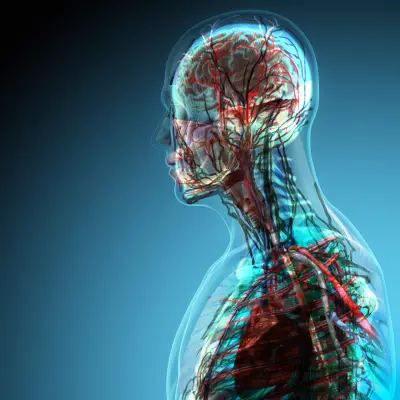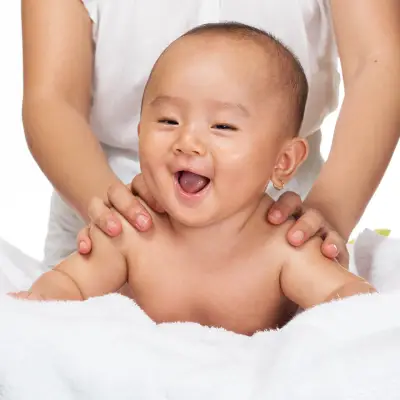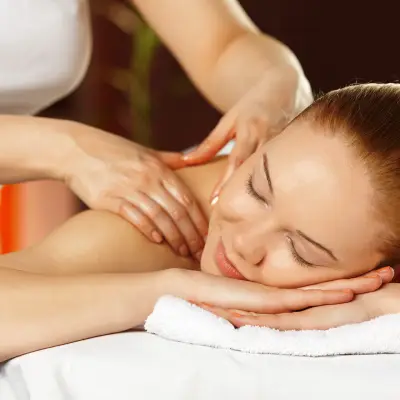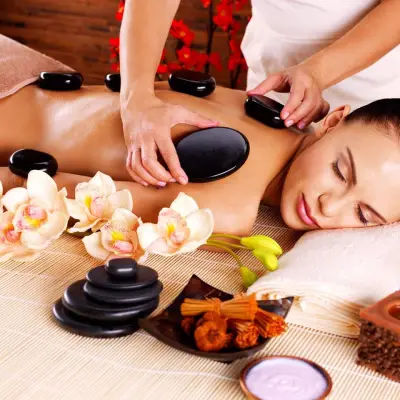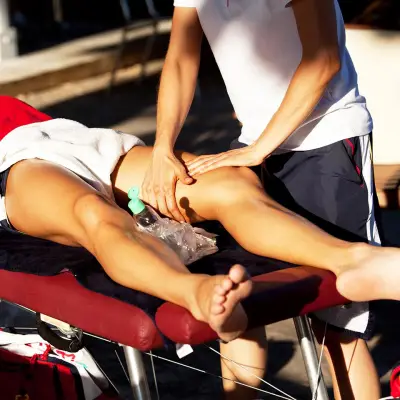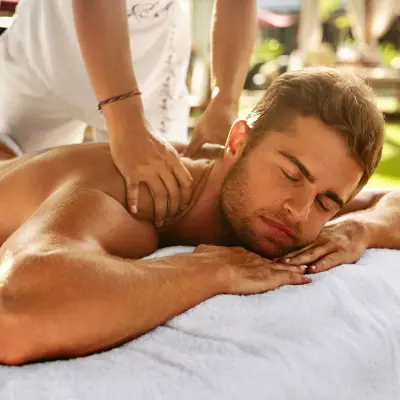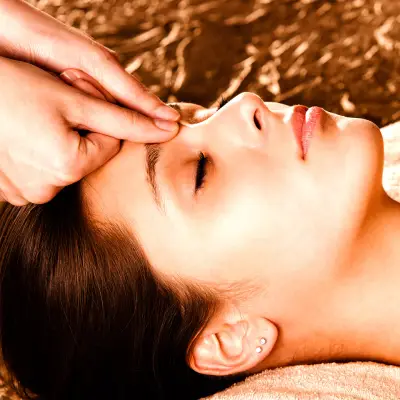Stress is something almost everyone experiences at some point. If you’ve been feeling tense, anxious, or mentally drained, you might be looking for natural and effective ways to find relief. One simple yet powerful method that continues to stand the test of time is massage.
Massage is a therapeutic tool offering many benefits, including the release of physical tension and calming the mind. In this post, we’ll explore how massage helps with stress relief, the best types of massage for relaxation, and how often you should consider getting one. You’ll also discover how massage works on an emotional level and learn some helpful self-massage tips.
Jump to:
- What is a Stress Relief Massage?
- How Does Massage Relieve Stress?
- Massage and Anxiety: A Natural Solution
- Psychological Effects of Massage
- Which Massage is Best for Stress Relief?
- How Often Should You Get a Massage for Stress?
- What Emotions Are Released During a Massage?
- How Do You Massage Yourself to Relieve Stress?
- Study Our Massage Therapist Diploma Course for £29
Recommended for you!
Best SellersWhat is a Stress Relief Massage?
A stress relief massage is a form of massage therapy aimed at helping you relax physically and mentally. The definition of a stress relief massage is a treatment that uses a variety of massage techniques to relieve tension and encourage the body to unwind.
It typically involves gentle to moderate pressure, smooth movements, and a calm environment that helps soothe the nervous system. The goal of this type of massage is to help you feel more at ease, reduce anxiety, and improve your overall wellbeing.
How Does Massage Relieve Stress?
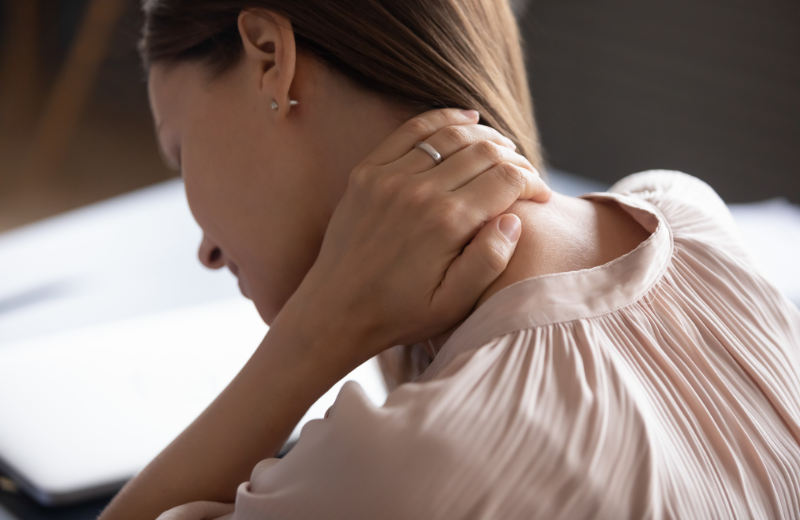
Massage works by influencing both your body and mind. Here are some of the main ways it brings about stress reduction:
1. Lowers cortisol levels
Cortisol is often called the “stress hormone.” When you're under pressure, your body produces more of it. Regular massage can help lower these levels, making you feel more relaxed and emotionally balanced.
2. Releases feel-good hormones
Massage boosts the release of serotonin and dopamine, chemicals that help lift your mood and create a sense of calm.
3. Encourages deep breathing
As you relax during a massage, your breathing slows and deepens. This shift activates the body’s parasympathetic nervous system, which is responsible for rest, recovery, and digestion.
4. Improves circulation
Massage increases blood flow, which helps deliver more oxygen and nutrients to your muscles and organs. This helps you feel more energised afterwards and supports long-term health. Massage causes relaxation by gently guiding your body out of its stressed state and into a calmer, more balanced mode.
5. Relaxes tense muscles
Physical stress often shows up as tight shoulders, a stiff neck, or an aching back. Massage helps to release this built-up tension, improving mobility and reducing discomfort.
Massage and Anxiety: A Natural Solution
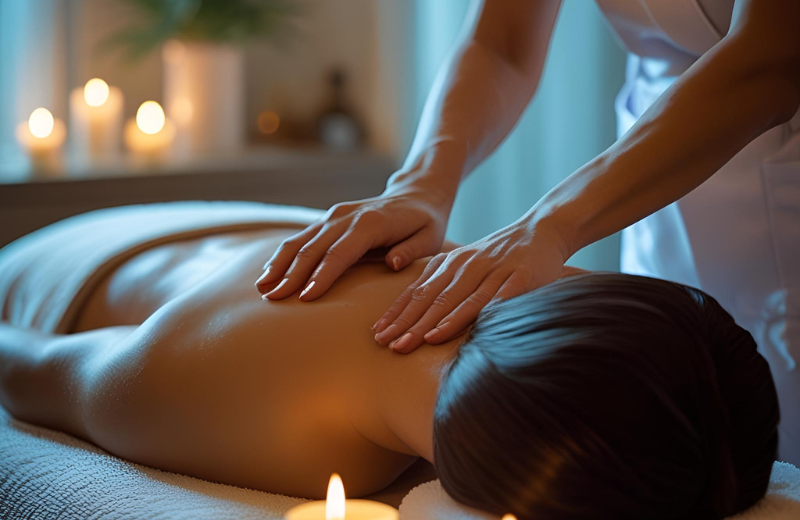
Massage and anxiety relief are closely linked. Many people find regular sessions help them feel more emotionally balanced and resilient. If you suffer from anxious thoughts or physical symptoms of stress, adding massage to your wellness routine could be an effective way to feel more like yourself again.
Psychological Effects of Massage
Beyond easing physical aches, massage has a significant impact on mental health. Some of the key psychological effects of massage include:
- Reduced anxiety
- Better mood and emotional resilience
- Improved sleep
- Feeling more grounded and centred
- A sense of emotional release
Which Massage is Best for Stress Relief?
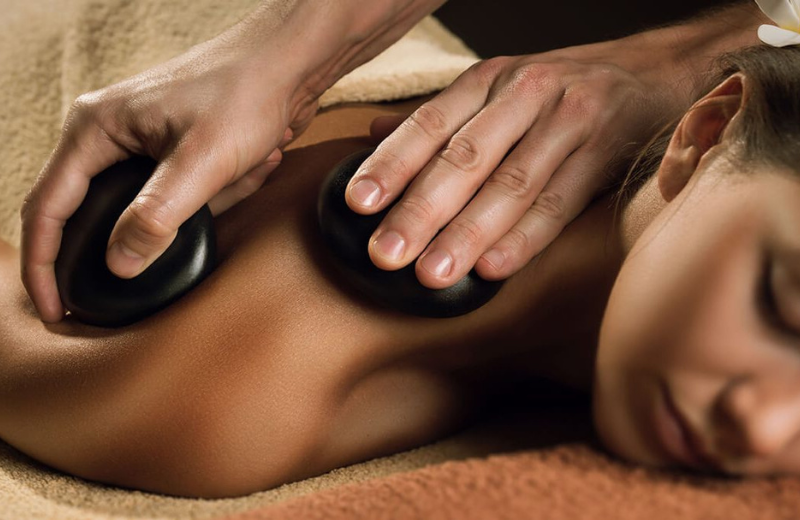
If you’re looking into massage to relieve stress, there are several techniques to consider. Here are some of the most popular types of massage for stress reduction:
- Swedish Massage: This is one of the most well-known and widely used forms of massage therapy for relaxation. It uses long, gliding strokes, kneading, and circular motions to ease muscle tension. It’s gentle, soothing, and perfect for first-timers.
- Aromatherapy Massage: Combining massage with calming essential oils, this method helps with physical and emotional stress. Lavender, chamomile, and bergamot oils are commonly used for their calming effects.
- Hot Stone Massage: Smooth, heated stones are placed on the body and used during massage strokes. The warmth helps muscles relax more deeply, which enhances the calming effects.
- Reflexology: This involves applying pressure to specific points on the feet or hands that correspond to different areas of the body. Many people find reflexology deeply relaxing and a great way to unwind after a long day.
- Head, Neck, and Shoulder Massage: Stress often collects in the upper body, especially around the neck and shoulders. A focused massage in this area can bring quick relief and is ideal for people short on time.
Each method is an effective form of relaxation massage therapy. If you’re new to massage, Swedish massage is a good place to start. If you want to add an extra calming touch, look for a therapist who offers relaxing massage techniques using aromatherapy oils.
How Often Should You Get a Massage for Stress?
There’s no one-size-fits-all answer for how often you should get a massage for stress, but here are some general guidelines:
- For mild stress: A massage once every 3–4 weeks can help maintain balance and prevent tension from building up.
- For moderate stress or busy lifestyles: Every 2–3 weeks can provide consistent relief.
- For high-stress periods or chronic anxiety: Weekly sessions can make a noticeable difference.
Recommended for you!
Best SellersWhat Emotions Are Released During a Massage?
Massage doesn’t just release muscle knots; it can also release trapped emotions. That’s because emotional stress often gets stored physically. You might feel:
- A wave of sadness or joy
- A sudden sense of relief
- A need to cry or laugh
- Deep calm or clarity
This is all part of the healing process. These emotional releases are a sign that your body and mind are working together to let go of stress and restore balance.
How Do You Massage Yourself to Relieve Stress?
While professional massage is ideal, you can still benefit from self-massage at home. Here are a few easy ways to practise relaxation massage therapy on yourself:
- Neck and shoulders: Use your fingers to knead the tops of your shoulders and the base of your skull. Circular movements work well in these areas.
- Hands: Squeeze the palm of one hand with the thumb of the other. Apply pressure in small circles around the base of your fingers and wrist.
- Feet: Use your thumbs to apply pressure to the arches and heels of your feet. This can be especially relaxing after a long day of standing or walking.
- Scalp: Use your fingertips to gently massage your scalp. This helps improve circulation and can be very calming before bed.
Study Our Massage Therapist Diploma Course for £29
If you’re curious to learn more about the power of massage, or even thinking of becoming a massage therapist, consider the Massage Therapist Diploma Course with Centre of Excellence. This online course is suitable for all levels and provides a complete guide to massage techniques, including massage for stress relief, relaxation massage therapy, and more. Enrol today for a discounted price of £29!
